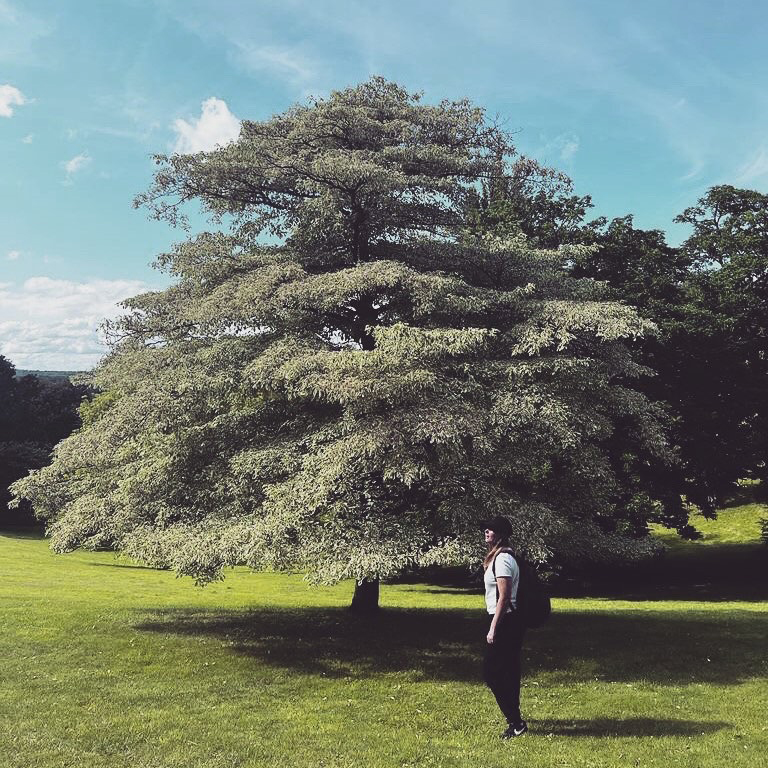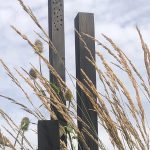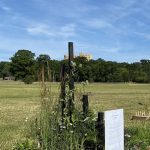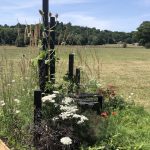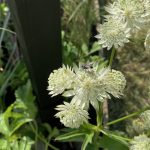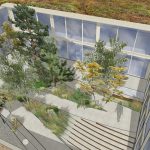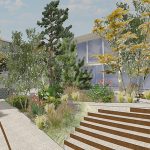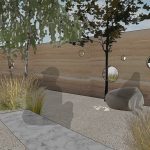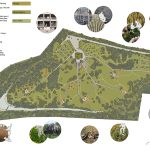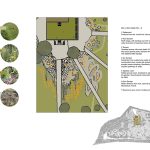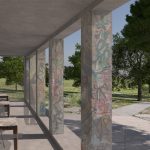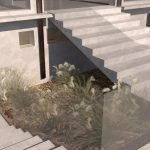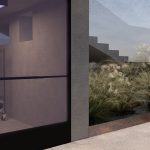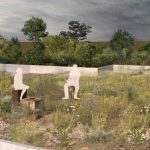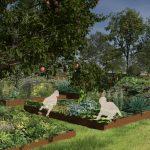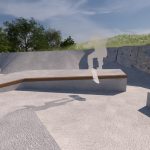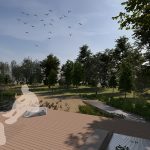Chloe Hamblen
I aim to design atmospheric, sustainable and immersive spaces inspired by the architecture and landscape surrounding them, and driven by the narrative of the people using them. Offering progressive, accessible gardens that are beautiful, as well as being ecologically rooted to support local wildlife.
I am based in South West London, but open to interesting projects wherever they might be.
Biography:
From making mud pies to collecting coins for the rainforest as a child, I have always had a love and respect for nature.
As a creative drawn to detail, I studied lingerie design and founded an award-winning lingerie brand for 15 years – twice gaining ‘Coolbrands’ status and featuring in films, books, magazines and luxury boutiques worldwide. Manufactured in the UK, we were part of a collective that were the first ever lingerie designers to show at London Fashion Week.
More recently I was invited to be a part of a roundtable discussion on sustainability for the fashion industry by the GLA.
After my lingerie career, I moved to Brighton and pivoted to events, before moving back towards London in 2020.
With a desire to work outside and reconnect to nature, I began working in various horticultural roles, before pairing my design sensibilities with my love of ecology by embarking on the garden design diploma. Graduating with distinction in 2023.
Instagram: @chloehamblen
The border design takes inspiration from British hedgerows and their vital role in tackling
climate change and supporting biodiversity.
A mix of perennials, biennials and annuals provide enrichment to the soil and shelter and food for wildlife year round.
The posts and stile are softly charred, stained and oiled, making them resistant to rot, water and fire. Holes are drilled at the top of the longest post to encourage solitary bees to nest. At the base of the fence, hazel is loosely woven to replicate elements of a pleached hedgerow, provide wind protection and enable support and for Blackberries, Corylus and Lonicera; which once established will form a hedgerow for native wildlife, such as the vulnerable Hazel Dormouse.
Log piles stacked beneath seating rot down to provide nutrients for the planting and encourage a diversity of insects and fungi, and a hollowed stone creates a water bowl as a water source to support a holistic ecosystem.
A small courtyard with a wave-like flow, inspired by Gustav Klimt’s ‘Fish Blood.’ An imagined college campus, with access from street level and views through a rammed earth wall to an adjacent park. Ramps and steps take you on an immersive walk through native trees such as Betula pendula and Pinus sylvestris to a sunny space at the top with far reaching views and herbaceous planting. Seating throughout, including benches and pebble seats enable contemplation and easy study and connection.
The design intent is to celebrate the atmosphere and history of the site, including the egalitarian stance of original Landscape Architect Richard Sudell. Capitalising on the framed views from the architecture and drawing inspiration from the graffiti within it, the space is reclaimed from abandonment to create a beautiful, biodiverse space with a focus on education, connectivity and food growth.
The garden is a mosaic habitat, which encourages exploration and offers refuge from the ‘turmoil of the day,’ with areas of ornamental planting through to orchard, edible meadow, allotments, heathland, wetland and managed woodland.
